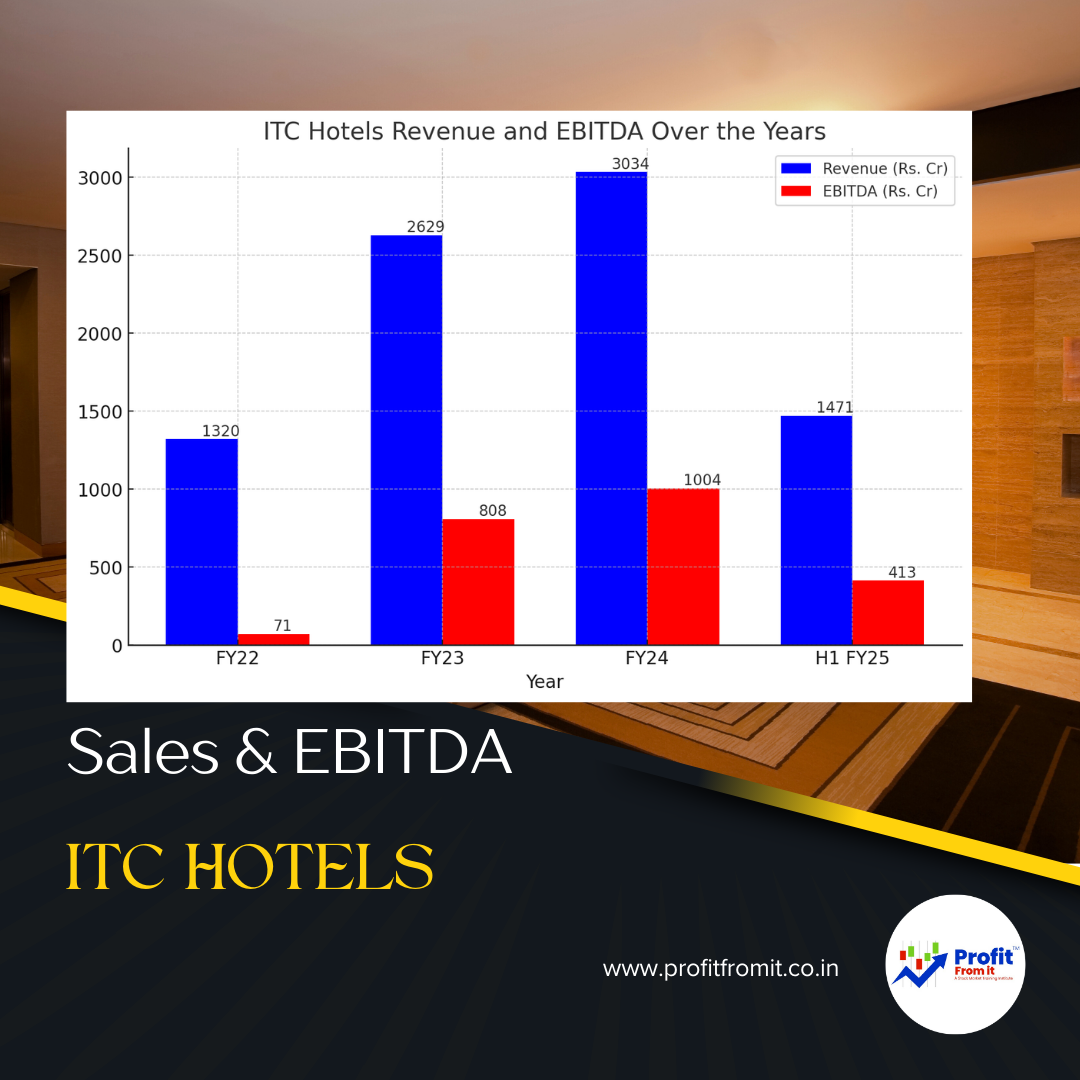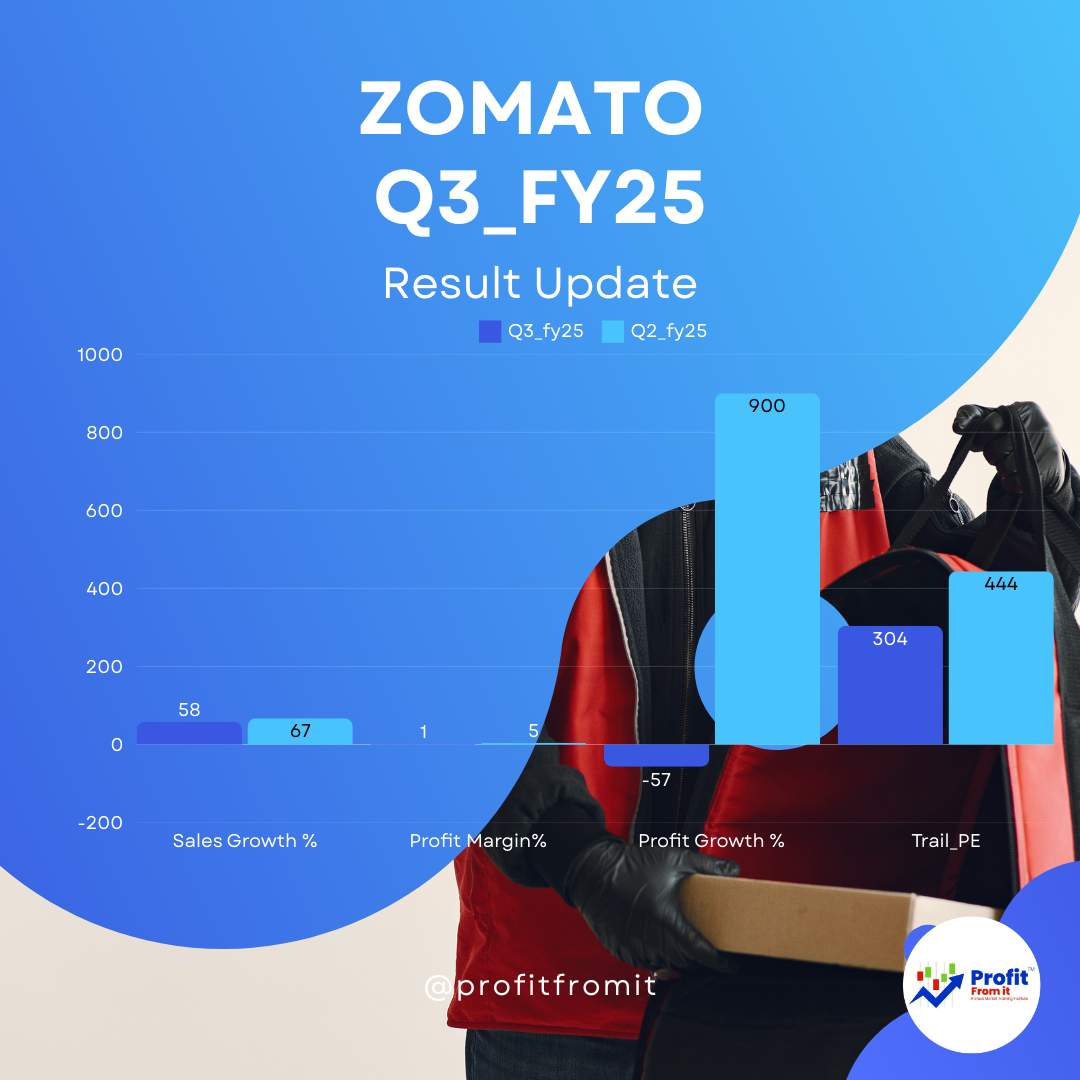
Title: Strategic Investment Plan for Business Houses: Sustainable Capital Allocation for Liquidity, Growth, and Resilience
Author: Piyush Patel | Investment Strategist & Founder - Profit From IT
In today’s dynamic business environment, many entrepreneurs excel operationally but struggle to manage their company’s funds with strategic precision. This often leads to recurring challenges such as:
Low liquidity
Solvency issues
Ineffective cash flow management
Lack of reserve capital for expansion
Absence of structured long-term wealth creation
Many of these issues stem from the absence of structured financial allocation and discipline. Profits are often fully reinvested into the business without segmentation for liquidity, security, or opportunity buffers.
Investment buckets Should cater to:
Emergency needs
Future expansion
Opportunity capitalization
Long-term reserves
💡 Suggested Allocation Benchmark
Business owners are advised to invest 20% to 30% of their annual net profits into structured financial assets. However, for more aggressive planning, a parallel approach could include:
10% of Annual Sales as a benchmark for high-revenue companies with lower margins.
Fixed Monthly SIP from Operating Surplus for stable service or SaaS models.
20–25% of Operating Profit Before Tax for manufacturing and infrastructure-led firms.
📌 The goal is not to lock working capital, but to ensure surplus capital is optimally deployed to support long-term liquidity, solvency, opportunity readiness, and reserve creation.
To address these challenges and empower business owners to build financially resilient and scalable companies, we present a holistic Investment & Fund Management Plan tailored to various business types.
🔢 Core Objectives:
Maintain liquidity cushions and emergency reserves
Establish an opportunity fund for expansion and acquisitions
Drive long-term wealth creation with systematic investment models
Create owner's wealth insulation from business risks
Build financial readiness for valuation, scaling, and funding
🧩 Real Indian Examples: What to Learn and Avoid
⚠️ Entrepreneurs Who Lost Everything Due to Poor Financial Management
1️⃣ Vijay Mallya – Kingfisher Airlines
• Lavish lifestyle, debt overhang, lack of cash flow control.
• Lesson: Poor liquidity and over-leverage can destroy even strong brands.
2️⃣ Subrata Roy – Sahara Group
• Over-diversification, legal non-compliance, lack of transparent capital planning.
• Lesson: Absence of solvency discipline leads to collapse.
✅ Entrepreneurs Who Built Empires with Financial Discipline
1️⃣ Dhirubhai Ambani – Reliance Industries
• Strategic reinvestment, capital discipline, scale with governance.
• Lesson: Financial planning aligned with vision enables long-term dominance.
2️⃣ Narayana Murthy – Infosys
• Transparent finance, personal vs. business separation, global benchmarks.
• Lesson: Clean financial principles create enduring global institutions.
🧭 Strategic Investment Plan for Business Houses
1️⃣ Liquidity Buffer & Emergency Fund Planning
Objective: Ensure business never runs out of cash during downturns or unforeseen events.
Implementation:
Maintain 3 to 6 months of fixed expenses as an emergency reserve.
Keep this in a liquid debt mutual fund, sweep-in FD, or business current account with OD facility.
2️⃣ Opportunity Fund Creation
Objective: Have capital ready for acquisition, expansion, or bulk procurement.
Implementation:
Allocate 10–20% of annual net profits into an "Opportunity Corpus."
Park in low-volatility instruments like arbitrage funds, corporate bond funds, or laddered FDs.
Link with a clear decision-making process to deploy funds when ROI > Cost of Capital.
3️⃣ Profit Allocation Strategy (Business SIP Model)
Objective: Systematically build long-term assets without disturbing operations.
Implementation:
Use a monthly/quarterly SIP approach from business profits into:
Diversified Equity in different sectors/Companies (for long-term capital growth)
Corporate FDs (for safety & fixed returns)
REITs or INVITs (for passive income streams)
Review and rebalance annually based on business growth phase.
4️⃣ CapEx Reserve & Asset Accumulation Plan
Objective: Pre-plan and save for future capital expenditures.
Implementation:
Forecast capex needs 2–5 years in advance (plant, equipment, infra).
Create a CapEx Fund using staggered investments into:
Short-duration debt funds
Monthly recurring deposits
Fixed income options with lock-ins maturing as per schedule
5️⃣ Owner’s Wealth Diversification
Objective: Separate business risk from personal wealth.
Implementation:
Set aside a portion of annual profit to invest in the business owner's name.
Build a personal portfolio in equity, debt, gold, and international markets.
Establish a trust or holding company for long-term security and tax efficiency.
6️⃣ Business Health Dashboard
Objective: Financial discipline through real-time tracking.
Implementation:
Quarterly review of:
Working Capital Ratio
Debt-to-Equity
Return on Capital Employed (ROCE)
Cash Conversion Cycle
Use tools like Tally, Zoho Books, or a custom CFO dashboard.
7️⃣ Insurance & Risk Mitigation Strategy
Objective: Protect capital, operations, and key people.
Implementation:
Adequate coverage for:
Business interruption insurance
Keyman insurance
Group health & liability policies
Cyber & fire insurance
8️⃣ Scalability & Valuation Readiness
Objective: Ensure the business is investment-ready (for VC/PE/funding).
Implementation:
Maintain clean books, audited statements, and proper corporate governance.
Build intangible assets (brand/IP/data) to enhance valuation.
Periodically assess EBITDA margins, PAT, and market benchmarks.
🔧 Tailored Investment Models for Business Types
🔨 Manufacturing Businesses
Characteristics: High CapEx, cyclic cash flow, inventory-heavy
🧠 Service-Based Businesses
Characteristics: Recurring revenue, low CapEx, high dependency on people
🚀 Startups / Early-Stage Companies
Characteristics: High burn, volatile inflows, focus on scale
📅 Implementation Roadmap
🌊 Strategic Layers of Value
Capital Protection through debt instruments
Liquidity Readiness via liquid & short-term tools
Growth Buffering for expansion
Passive Wealth Creation via equities & REITs
Owner Insulation with separate diversified portfolios
📈 Value Proposition to Business Owners
Maintain financial discipline even during expansion
Never miss an opportunity due to capital crunch
Build a strong valuation with solid reserves & growth assets
Separate personal and business wealth for risk hedging
Ready for scalability, succession, and sustainability
💼 Tools to Support Execution:
Excel-based Asset Allocation Tracker ✅ Download here
🔧 Custom-Built Financial Health Dashboards Include:
🧮 Liquidity & Solvency Monitoring
Current Ratio, Quick Ratio
Debt-to-Equity Ratio
Working Capital Gap Tracker
📊 Cash Flow Visibility
Monthly inflow/outflow overview
Operating cash cycle analysis
Forecasted vs actual cash comparisons
📈 Profitability Snapshots
Gross Margin, EBITDA Margin, PAT Margin
Return on Capital Employed (ROCE), Return on Equity (ROE)
Unit economics dashboard for startups & SaaS
💼 Owner’s Capital Allocation Insight
Personal vs business reserve tracking
Asset allocation performance
SIPs, contingency reserves, and insurance tracking
🚨 Early Warning System
Alerts for liquidity shortfalls
Receivables aging or overdue supplier payments
Tax, loan, and statutory compliance alerts
📅 Quarterly Reporting Dashboard
Auto-generated performance and health reports
Business scorecard (Green/Yellow/Red indicators)
Goal vs actual financial execution insights
📌 Available in Excel, Google Sheets, or Power BI – customized to business model and user comfort.
Excel-based Custom-Built Financial Health Dashboards ✅ Download here
Periodic Valuation & Scalability Readiness Reports
📊 Valuation & Scalability Readiness Reports Include:
📈 Business Valuation Indicators
EBITDA multiple, P/E ratio, DCF model overview
Asset-light vs asset-heavy model valuation
Sectoral benchmark comparisons
📐 Scalability Matrix
Operational leverage score
Revenue per employee & automation ratio
Customer retention vs acquisition cost trends
📋 Investment & Funding Preparedness
Debt servicing capacity (DSCR)
Equity dilution scenarios
Readiness checklist for PE/VC onboarding
📁 Due Diligence Readiness Package
Audited financials & internal compliance logs
IP, contracts, and legal docs vault checklist
Corporate governance and team disclosure
📌 These reports act as a blueprint for founders preparing for funding rounds, acquisitions, or long-term valuation unlocking.
Excel-based Valuation & Scalability Readiness Reports Dashboards ✅ Download here
📈 Final Thoughts
A business may generate great revenue, but wealth is created when capital is strategically deployed. With the above plan, business houses can ensure:
Never running out of capital in a crisis
Always ready for expansion
Consistently growing owner & company value
Let us create businesses that are not just operationally efficient but financially powerful.
For customized planning, implementation assistance, or to book a financial audit session, contact us at:
Profit From IT | www.profitfromit.in



 for Investors The provided chart outlines key metrics for Nifty 500 companies across different periods (FY22 t.png)





